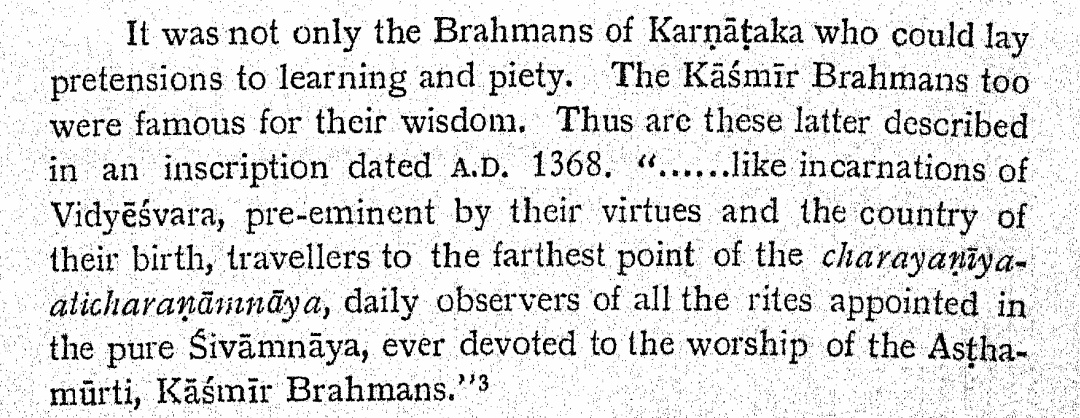
True. An example of this is Hoysala king Veera Ballala. When his capital Dwarasamudra was besieged by barbarian malik kafur, he was willing to trade anything in return for the safety of his people. Everything except his Yajnopavita. He chose to remain a Hindu & fight another day 
https://twitter.com/HinduTrad/status/1389516894458290178

Veera Ballala who chose to fight another day spent much of his later years uniting the Hindu forces of Southern Bharat to expel turushkas. He'd reorganize his forces at Tiruvannamalai in TN. His sacrifices laid the foundation of the Vijayanagara empire. Ferishta's account. 

Ballala's main objective was to rid Madurai of its cruel turushka ruler ghis-ud-din. Ballala fought a very brave war. He had successfully managed to push them further south before a cruel twist of fate that would see him being captured & murdered in the most ghastly manner. 

Turushka chronicler ibn batuta was an eye witness to the ghastly manner in which Veera Ballala was killed
He was in his 80's at the time of his death.
Veera Ballala III was born a Hindu, lived a Hindu, fought as a Hindu & died as a Hindu. His sacrifices must never be forgotten
He was in his 80's at the time of his death.
Veera Ballala III was born a Hindu, lived a Hindu, fought as a Hindu & died as a Hindu. His sacrifices must never be forgotten

Source : The Hoysala Vamsha by William Coelho.
I also recommend Dr S Krishnaswami Iyengar's book "South Indian and her muhammadan invaders" for more details on Veera Ballala's struggles against turushkas.
I also recommend Dr S Krishnaswami Iyengar's book "South Indian and her muhammadan invaders" for more details on Veera Ballala's struggles against turushkas.
One of the Gopurams at the legendary Arunachaleswara swamy Temple at Tiruvannamalai is named after Ballala. Tamils call it Vallala Gopuram.
https://twitter.com/_ugra_/status/1160926446195314688?s=19
Infact Dr S Krishnaswami Iyengar's book begins with a small tribute to Hoysala emperor Veera Ballala. Hindus of Southern Bharat must be forever indebted to the great emperor who fought for his people & his Dharma till his very end. 

• • •
Missing some Tweet in this thread? You can try to
force a refresh













